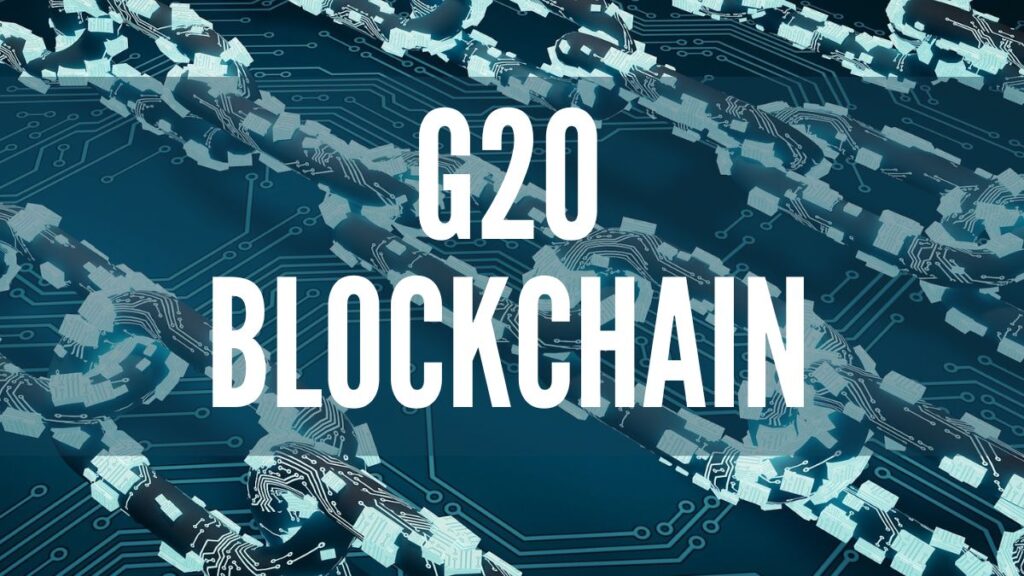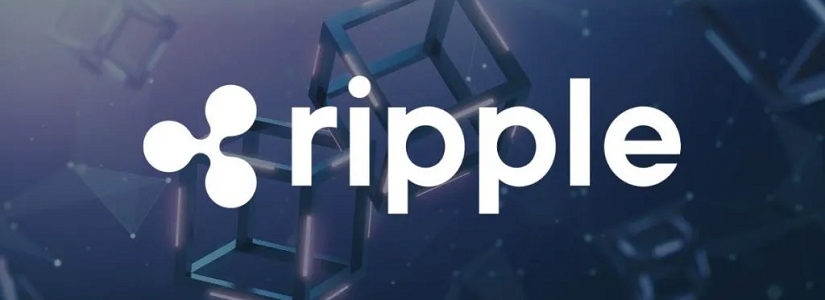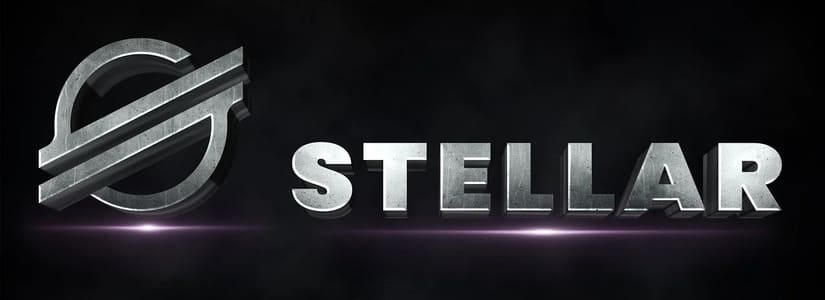TL;DR
- The G20’s Financial Stability Board (FSB) warned of the growing risk of a “disorderly adjustment” in global markets.
- The FSB revealed that its roadmap prioritizes the modernization of cross-border payments — a goal directly aligned with the solutions Ripple (XRP) and Stellar (XLM) already provide.
- Although the FSB does not explicitly mention XRP or XLM, their technology meets regulatory objectives for efficiency and transparency and could become the foundation of a new financial infrastructure.
The Financial Stability Board (FSB), the G20’s main supervisory body, issued a warning about the vulnerability of the global financial system amid the risk of a “disorderly adjustment” in the markets.
Andrew Bailey, the FSB’s chairman, stated that overstretched asset valuations, combined with heightened geopolitical uncertainty and high sovereign debt levels, have left the system exposed to a potential collapse.
Donald Trump’s recent threat to impose massive tariffs on China — which triggered Wall Street’s steepest drop in six months — illustrates the fragility of market sentiment. The FSB also warned that post-2008 crisis reforms remain incomplete, leaving structural weaknesses that could amplify any financial shock.
G20: Blockchain Could Reshape the Global Financial System
Documents published by the G20 show that the roadmap focuses on modernizing cross-border payments, one of the key pillars to stabilize and improve the global financial architecture. The goal is to make international transfers faster, cheaper, more inclusive, and transparent — overcoming the inefficiencies of the traditional SWIFT network, which relies on correspondent banks and results in slow, costly transactions. This vision aligns closely with the technology developed over the years by Ripple (XRP) and Stellar (XLM), both designed for near-instant, low-cost international settlements.
Why Ripple and Stellar?
Although the FSB does not directly reference XRP or XLM, the connection is clear to industry experts. XRP serves as a liquidity bridge, eliminating the need for banks to hold prefunded nostro/vostro accounts, freeing up capital and reducing costs. Stellar, meanwhile, provides a network built for fast and efficient settlements that align with regulatory goals for transparency and accessibility. Both technologies have already been presented to regulators, demonstrating that a functional solution is ready for large-scale implementation.
The G20’s message to the crypto industry is clear: the traditional financial system is showing signs of strain, while blockchain projects such as XRP and XLM are positioned to become the backbone of cross-border payment infrastructure for the 21st century.
The G20 underscores the risks of the legacy financial model, yet that same model could act as a catalyst for the adoption of modern financial technologies. This moment represents a unique strategic opportunity for cryptocurrency integration into the global financial system













